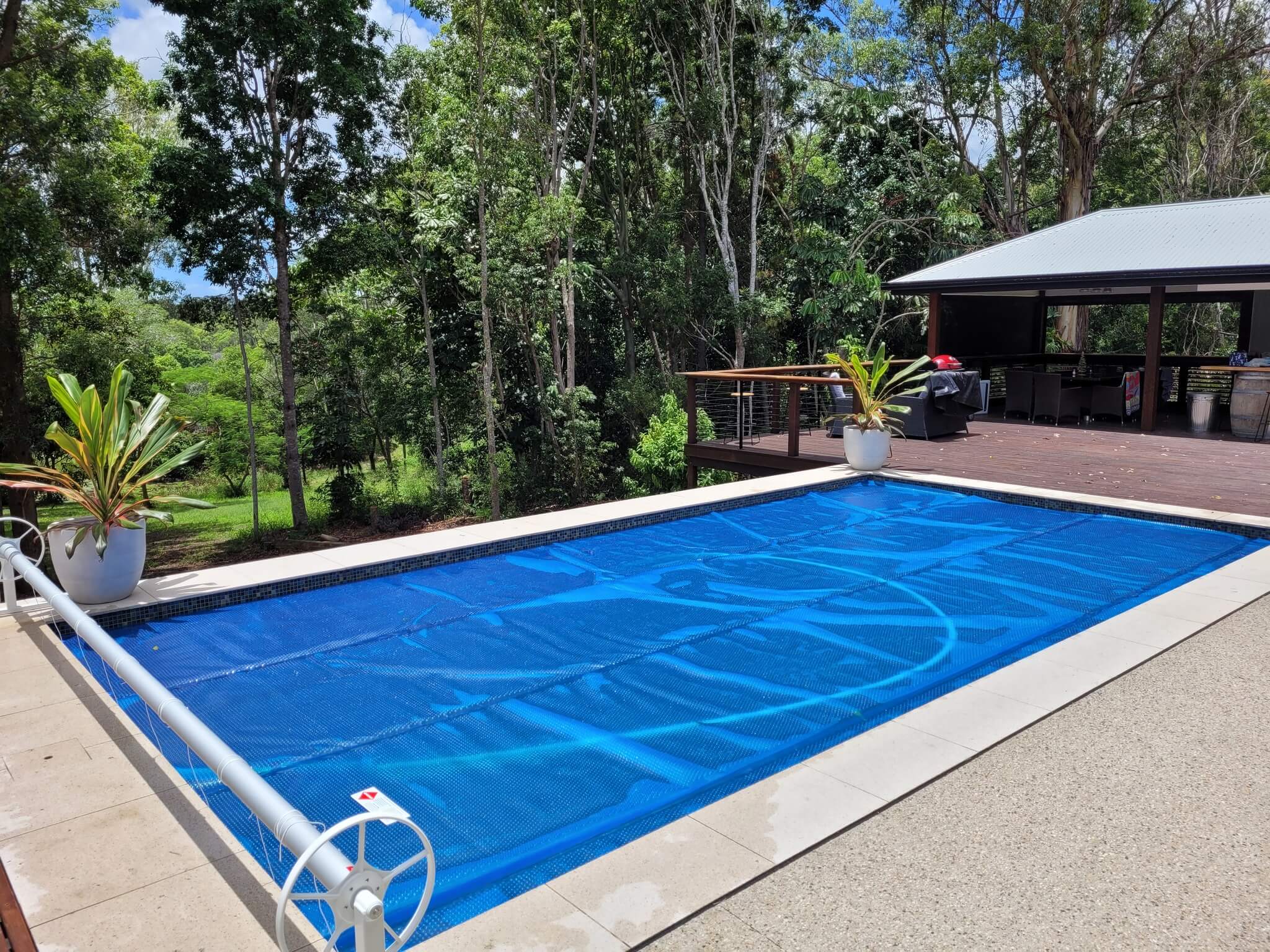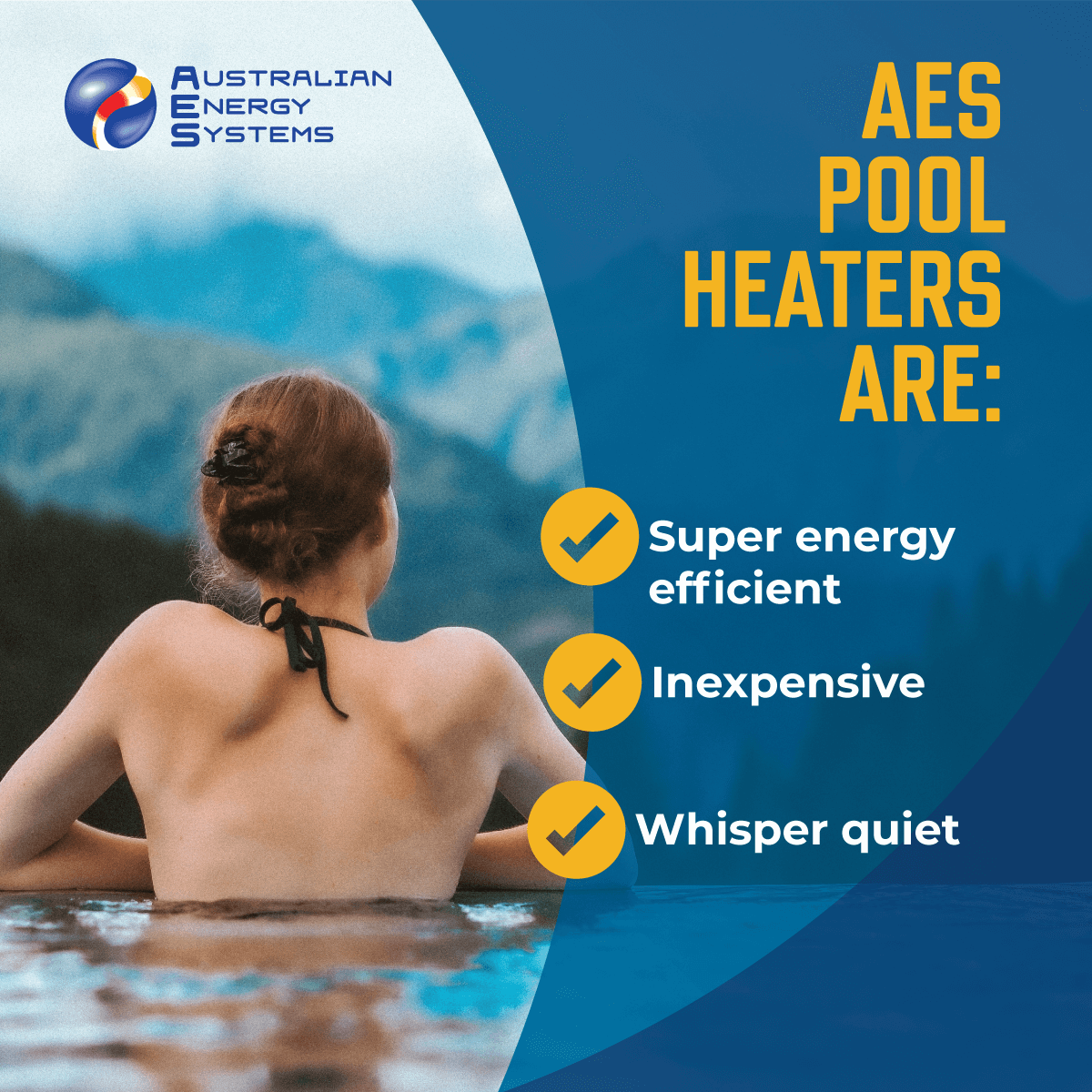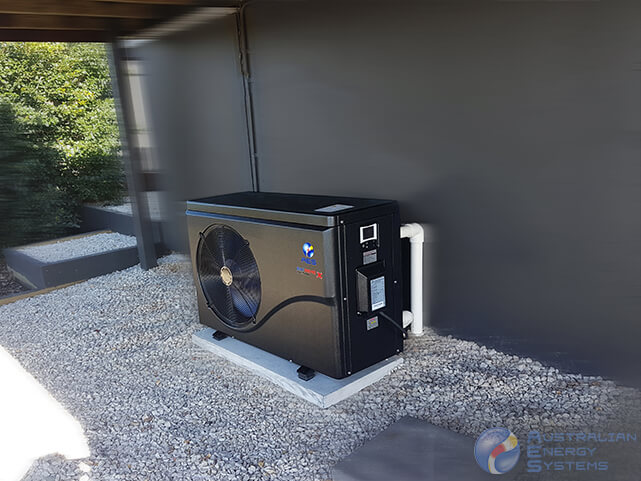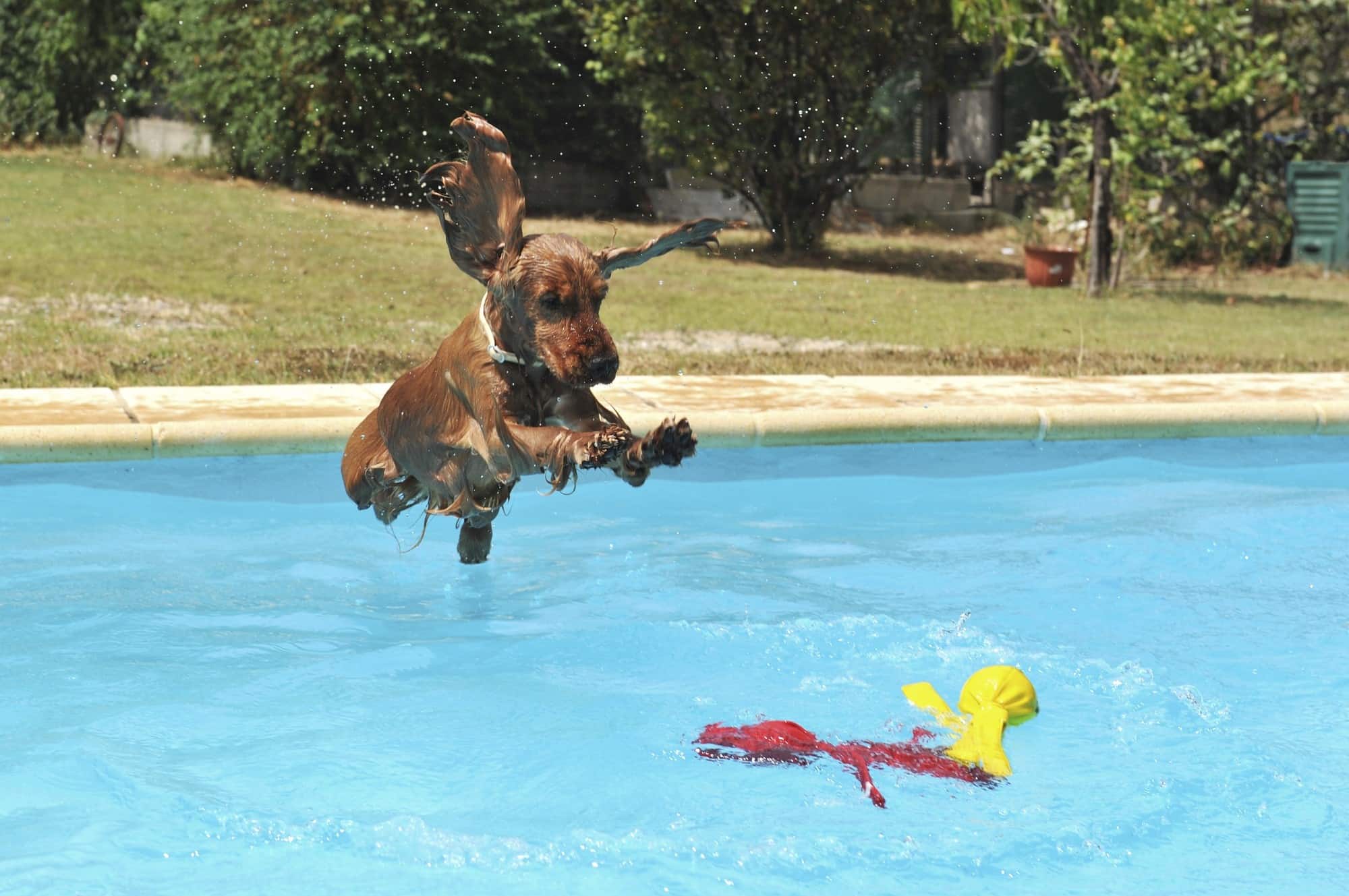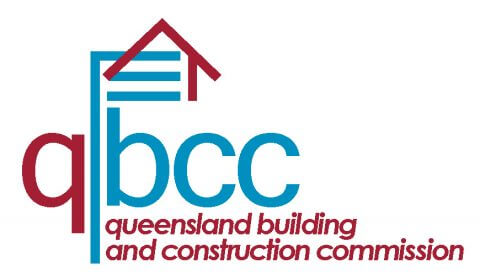Pool ownership brings relaxation and fun, but managing water loss through evaporation can be challenging. Evaporation contributes to higher water bills, increased chemical use, and reduced pool efficiency. Various factors like temperature, humidity and wind influence evaporation rates.
In this blog, we’ll explore these factors and provide strategies to curb evaporation, from using pool covers to strategic design and seasonal adjustments. Learn how to keep your pool water levels steady, reduce costs and conserve water effectively.
Key Insights
- Understanding Evaporation: Pool evaporation is a significant factor in water loss, influenced by temperature, humidity, wind, and pool surface area.
- Benefits of Reduction: Lowering evaporation saves on water bills, stabilises chemical levels, maintains comfortable water temperatures, and supports water conservation efforts.
- Effective Strategies: Implementing windbreaks, maintaining regular water levels, using solar and traditional pool covers, and considering evaporation reduction products can significantly minimise water loss.
- Design and Location Impact: Thoughtful pool design and placement, along with strategic landscaping, can reduce exposure to sunlight and wind, limiting evaporation.
- Seasonal Adjustments: Adapt your pool management strategies to seasonal changes, such as using covers more in summer and maintaining heat retention in winter.
What is Pool Evaporation?
Evaporation occurs when water molecules at the surface gain enough energy to transform into vapour. This energy can come from solar heat or environmental conditions.
The rate of evaporation is influenced by several factors, which can compound and lead to significant water loss over time.
Understanding the potential water loss from evaporation can help pool owners appreciate the need for preventative measures.
- On average, residential pools can lose ¼ to ½ inch of water per day, depending on environmental conditions.
- Over the course of a year, this can translate to thousands of litres of water lost, highlighting the importance of adopting methods to reduce evaporation.
Factors Affecting Evaporation
- Temperature: Warmer temperatures accelerate evaporation. Pools exposed to direct sunlight can lose water more quickly, especially during the summer months.
- Humidity: Low humidity levels increase evaporation rates because dry air has a greater capacity to absorb moisture.
- Wind: Windy conditions enhance evaporation by sweeping away the saturated layer of air just above the water surface, allowing for continual evaporation.
- Pool Surface Area: Larger bodies of water have more surface area exposed to the elements, leading to higher evaporation rates than smaller pools.
Signs of Excessive Pool Evaporation
Recognising the signs of excessive evaporation can help determine if further investigation or action is necessary.
- Consistent Drop in Water Level: If you notice that you’re frequently topping up the pool, this may be a sign of excessive evaporation or other issues like leaks.
- Visible Waterline Marks: Check for waterline marks on the pool’s edge or tiles, which indicate how much water is lost over specific periods.
- Increased Chemical Usage: As water evaporates, the concentration of chemicals increases, requiring more frequent adjustments. An unexpected rise in chemical usage can suggest higher evaporation rates.
Benefits of Reducing Pool Evaporation
Reducing pool evaporation offers several significant advantages, enhancing both cost efficiency and environmental responsibility:
- Cost Savings: Lower water bills and decreased energy usage by minimising the need for frequent refills and reduced strain on the circulation system.
- Chemical Efficiency: Maintains stable chemical levels, reducing the need for extra adjustments and extending the lifespan of pool equipment.
- Temperature Stability: Helps retain heat, keeping water at a consistent and comfortable temperature.
- Environmental Impact: Supports water conservation efforts, essential in areas with water scarcity, contributing to sustainable resource management.
How to Stop Pool Evaporation
Minimising pool evaporation is essential for conserving water, reducing costs, and maintaining pool efficiency. Here are several effective strategies to help you achieve this:
1. Install Windbreaks
Wind accelerates evaporation by disrupting the layer of saturated air above the pool. Installing windbreaks can help maintain this protective layer.
Natural Windbreaks: Utilise hedges, trees, or other landscaping features to block wind.
Artificial Windbreaks: Fences, screens, or walls can be strategically placed to shield the pool from direct winds.
2. Regular Maintenance and Water Level Control
Keeping your pool well-maintained ensures that efficiency is maximised, indirectly reducing evaporation.
Optimal Water Levels: Regularly check and adjust the water level to ensure that it’s not too low, which can increase surface area exposure to the elements.
Cleaning and Chemical Balance: Ensure the pool is clean and chemicals are balanced to reduce the need for chemical top-ups and maintain efficient operation.
3. Consider Evaporation Reduction Products
There are commercial products designed specifically to minimise evaporation, providing an additional layer of protection.
Liquid Pool Covers: These products form a thin, invisible barrier on the water surface to reduce evaporation without hindering swimming.
Commercial Solutions: Consider other products dedicated to reducing water loss, and consult with professionals for recommendations tailored to your pool’s needs.
4. Utilize Solar Covers
Solar covers are a dual-purpose solution, offering both heat retention and evaporation reduction.
Benefits: In addition to reducing evaporation, solar covers trap solar heat, helping to maintain a warmer pool temperature, which can further encourage swimming enjoyment and energy savings.
5. Use a Pool Cover
One of the most effective ways to reduce evaporation is by using a pool cover. Covers act as a barrier, significantly minimising water loss.
Types of Pool Covers: Choose from solid, mesh, or solar covers. Each type offers varying levels of protection and convenience, with solar covers also helping to retain heat.
Proper Usage: Ensure the cover completely covers the pool, especially during peak evaporation times, such as sunny days and windy conditions.
What Pool Cover is right for you?
Our commitment to excellence is evident in our custom-fitted pool covers. All our pool covers are measured and tailored specifically for each pool, ensuring a perfect fit. This attention to detail results in superior evaporation prevention and heat retention.
Oasis Premium Blue (550 Micron):
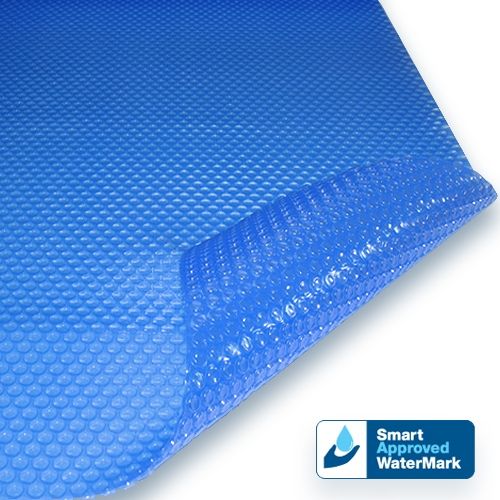
One of our standout pool cover options is the Oasis Premium Blue. With a deep ocean blue colour, it not only enhances the aesthetic of your pool but also attracts more heat.
This newcomer in our line-up has quickly become one of our top-selling solar covers. With a 550-micron thickness, independently tested to prevent up to 99.84% evaporation.
Silverback Solar Cover:
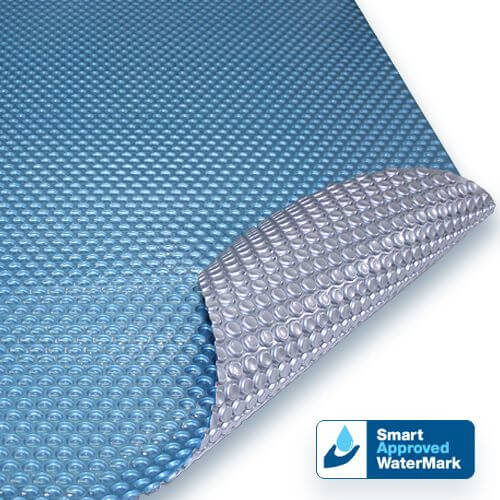
The Oasis Silverback (550 Micron) is another remarkable addition to our range. This pool cover is suitable for all pool types, whether they are located indoors or outdoors, commercial or residential. Its translucent blue top efficiently absorbs the sun’s rays, while the silver backing helps retain the heat in the water.
Just like all our solar covers, the Oasis Silverback has been independently tested and proven to prevent up to 99.84% of evaporation. It comes with a 10-year pro-rata warranty.
Triple Cell Pool Cover:

The ultimate in pool cover technology is our Triple Cell pool cover. This revolutionary solar pool cover combines three bubbles into a unique, energy-efficient shape.
With a larger air zone and superior insulating properties, it provides enhanced protection from chlorine attack. Most impressively, it is designed to stop over 99% of evaporation. The Triple Cell pool cover comes with a 12-year pro-rata warranty.
Australian Energy Systems Pool Covers are more than just a protective layer for your pool. They are an investment in keeping your pool water in your pool, keeping it clean, and reducing your maintenance costs.
With our pool covers, you can also enjoy a longer swimming season, save on water bills, and cut down on chemical expenses. Make the smart choice and choose an Australian Energy Systems pool cover to protect your pool and your wallet.
Comprehensive Pool Evaporation
Solutions
Pool Design and Placement Considerations
When planning to minimise pool evaporation, the design and placement of your pool play crucial roles. Thoughtful decisions at the design stage can lead to significant reductions in water loss.
Choosing the Right Pool Location
The location of your pool has a substantial impact on evaporation rates:
- Sunlight Exposure: Position your pool to limit direct sun exposure during peak hours. Consider natural or artificial shading options to reduce the heat load on the water, which can help lower evaporation rates.
- Wind Patterns: Analyse local wind patterns and situate your pool in a sheltered area if possible. This can involve using surrounding structures or landscapes to naturally block wind, which contributes significantly to evaporation.
Pool Shape and Size Impact on Evaporation
The geometric design of your pool influences how much water surface area is exposed to air:
- Surface Area: Larger surface areas increase evaporation, so consider compact designs that maintain sufficient space for enjoyment while minimising unnecessary exposure.
- Shape Considerations: Curved or irregular shapes may provide more surface area compared to more conventional designs, potentially increasing evaporation. Opting for simpler shapes can help reduce this factor.
Landscaping Ideas to Minimise Evaporation
Strategic landscaping not only enhances aesthetics but also plays a role in reducing evaporation:
- Windbreaks: Plant trees, shrubs, or hedges strategically to act as natural windbreaks, reducing evaporation caused by air movement over the pool surface.
- Shade Providers: Utilise pergolas, shade sails, or large trees to provide partial cover for your pool, reducing direct sunlight exposure and helping keep the water cooler and evaporation lower.
Seasonal Tips to Minimise Evaporation
Seasonal changes can have a significant impact on pool evaporation. Adapting your pool management strategies to the seasons can help you always maintain water levels.
Best Practices for Different Seasons
- Summer: The hottest season typically sees the highest evaporation rates. Use pool covers consistently, maintain water balance to prevent chemical loss, and employ shading solutions to guard against direct sunlight.
- Winter: Even though evaporation can occur in winter, it’s less prominent. However, using covers remains beneficial for heat retention. Consider reducing water levels slightly to accommodate rainwater, preventing overflows.
- Transitional Seasons (Spring/Fall): As temperatures rise or fall, monitor water levels closely. Adjust coverings and heating systems as needed to maintain comfort while managing evaporation.
Adjusting Pool Cover Use and Maintenance According to the Season
Proper management of pool covers is critical to maintaining an efficient and cost-effective pool environment:
-
- Season-Specific Cover Usage: In warmer months, use covers more frequently due to higher evaporation rates. In cooler seasons, maintain cover usage for heat retention and debris prevention.
- Maintenance: Regularly clean and inspect covers for optimal performance and longevity. Check for wear that could reduce their effectiveness in minimising evaporation.

